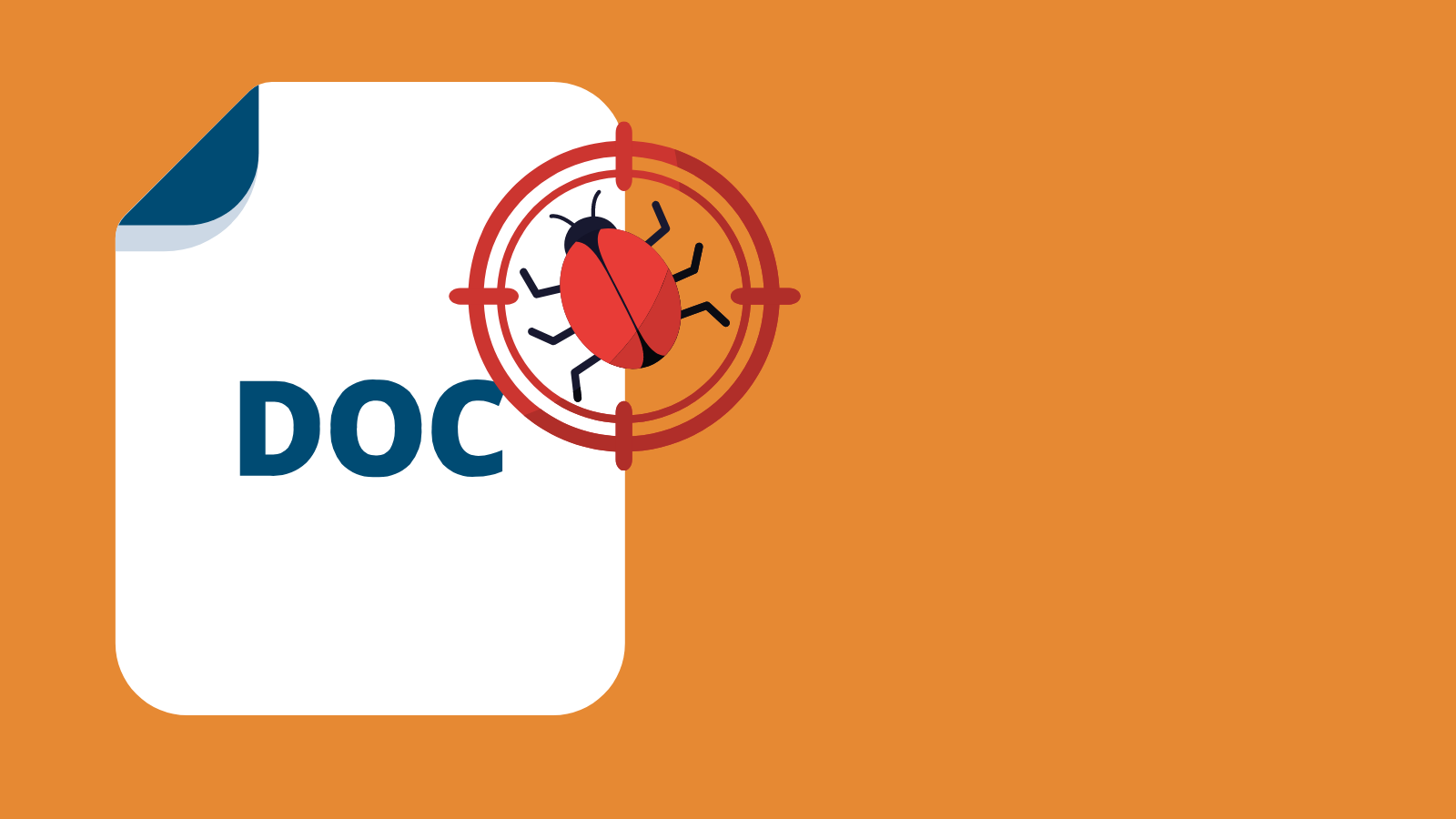ThreatPost reports next-gen maldocs are getting more complex as hackers exploit human vulnerability. 2021 was rife with cyberattacks from The Colonial Pipeline hack to the T-Mobile hack. The common denominator for most of these attacks? Human error.
The most common access vectors for cyberattacks continue to be phishing and vulnerability exploitation, especially with remote work. To keep this in mind, business owners need to continue to educate employees about cybersecurity and the distinct type of attacks they will face this coming year.
What Are Maldoc Attacks?
Maldocs, otherwise known as malicious file attachments, are files attached to an email or SMS message that suggests the user download and open it at some state of urgency.
View This Article: 5 Password Cyberattacks You Should Know
What Are Common Maldoc Attacks?
These documents are usually in the form of a Microsoft Office document or PDF file. The message will appear to come from a person of importance like a boss, HR representative, or hiring manager. It will always be someone that commonly uses email for their documentation and employees will expect an attachment from them.
These maldocs can execute code via macros if they are given explicit user permission. Once the employee opens the file and they enable editing the document, this triggers a macro to run.
From there, the malicious software will infect not only their computer, but also the network that their work device is attached to.
View This Article: Why IT Services Are Necessary for Hybrid Workplaces

How Do You Prevent a Maldoc Attack?
So, how do you prevent these types of attacks? The answer is pretty simple: invest in good IT and take the time to regularly educate your employees on appropriate cybersecurity hygiene.
According to this 2020 study, participants that were educated on cybersecurity measures every six months still possessed an enhanced skill to distinguish between phishing and legitimate emails.
At the start of the onboarding process for new employees, enroll them in cybersecurity education and set cybersecurity expectations. These expectations should be a part of employee performance. Failure to keep cybersecurity in mind could compromise their credentials and the company.
Your employees should regularly update their software, secure their devices with two factor authentication and strong passwords, use their VPN when working remotely, and attend routine cybersecurity training every six months.
It’s crucial to stay on top of cybersecurity as we enter 2022.
View This Article: Educate Your Employees About Cybersecurity
Invest in Good IT
If you want to have a proactive partner in your cybersecurity, contact Go Kall IT for all your outsourced IT solutions. Start keeping your business safe into the New Year.





